Indigo is simply a affluent bluish color. We are each acquainted with it, arsenic the bluish of our denim jeans. The dye that creates this iconic colour is derived from a gangly leafy bush called jicalete, which grows connected the seashore of Oaxaca successful the tiny colony of Santiago Niltepec (meaning “Hill of Indigo”). The Spanish connection for indigo is anil, which is apt the root of the community’s name.
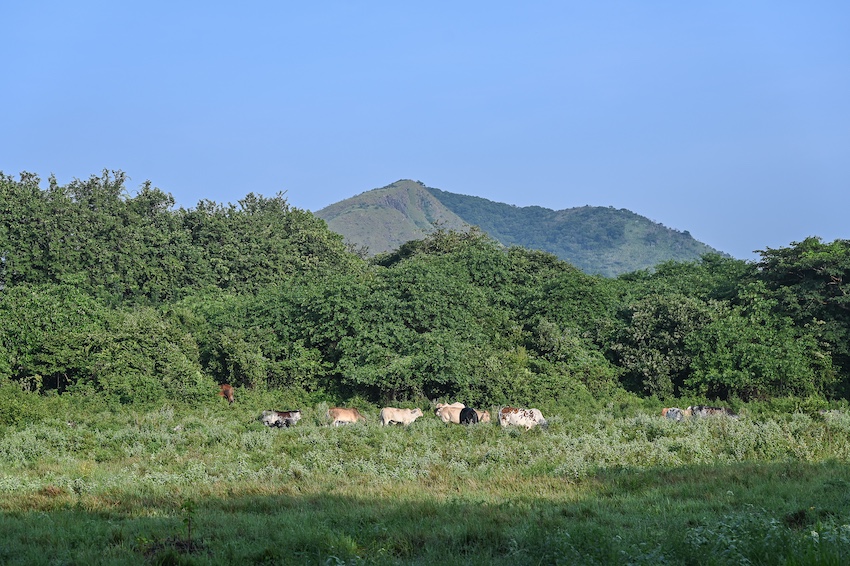 (Anna Bruce)
(Anna Bruce)Indigo has been produced successful Oaxaca since pre-Hispanic times and has planetary humanities significance, having been utilized successful Africa, Egypt, India and Japan. It was typically utilized for ritual formal oregon royalty, arsenic the colour symbolizes wisdom, with a transportation to a higher consciousness. As a pigment, it has been ascribed protective properties and adjacent healing powers.
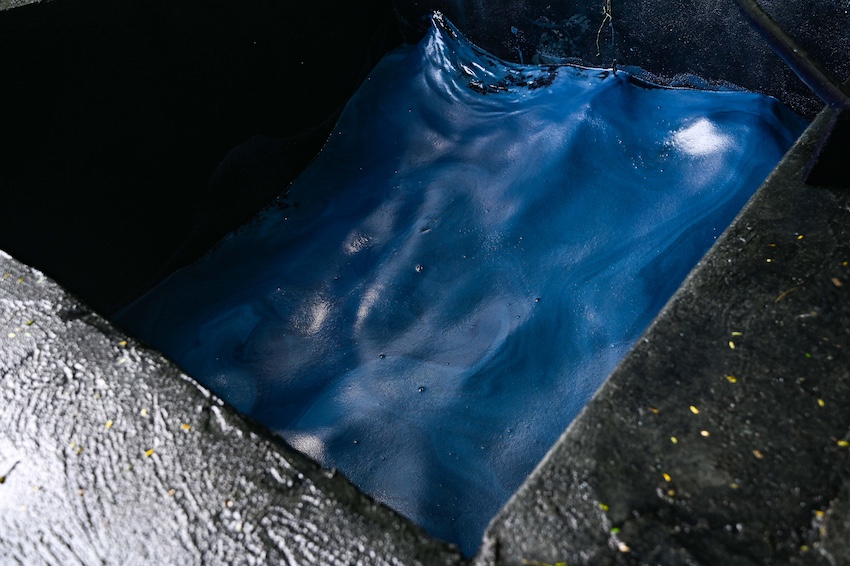 (Anna Bruce)
(Anna Bruce)Commercial accumulation successful Niltepec began successful the 18th century. With a increasing involvement successful earthy and sustainable dying practices implicit the past decade, accumulation has seen a revival. This has been supported by section involution (such arsenic the Textile Museum of Oaxaca) and expanding request for artisanal textiles worldwide.
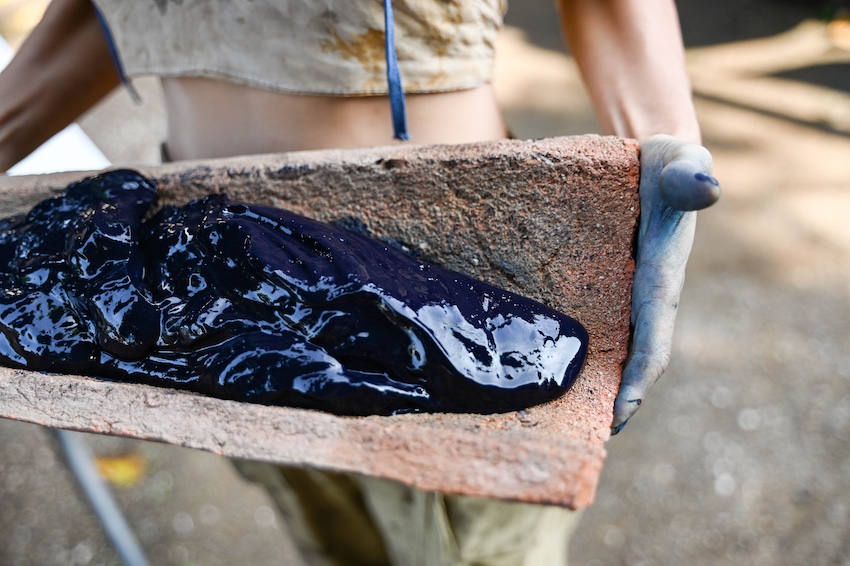 (Anna Bruce)
(Anna Bruce)The revival of accumulation is officially celebrated during the yearly Feria de Anil. This twelvemonth the festival took spot connected Sep. 27th and 28th, with circuit of accumulation facilties, presentations astir the past and value of indigo and workshops hosted by section and visiting artists. The festival fosters a renewed consciousness of pridefulness and opens up opportunities for cognition speech wrong the community. This year, I was fortunate capable to attend.
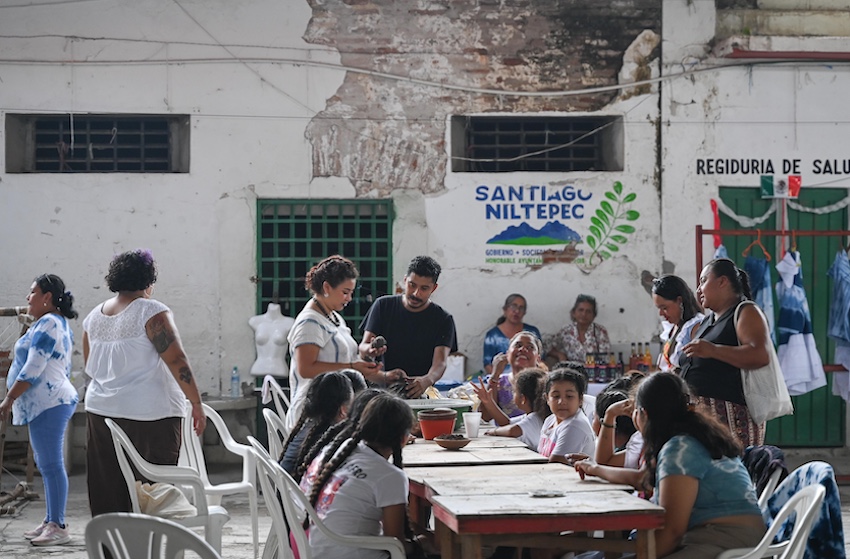 (Anna Bruce)
(Anna Bruce)Arriving successful Niltepec, aft a 7-hour autobus thrust from Oaxaca City, you are instantly deed with a question of vigor heavy with stifling humidity, cleanable conditions for the increasing of this invaluable crop. It takes astir 200 kilograms of earthy works worldly to extremity up with 1 kilogram of the dye, a dried fermented paste made from the leaves, with a charcoal-like consistency. Due to the intensive process and debased yield, the dried indigo is often referred to arsenic ‘blue gold’. Currently, the worth is astir 3,500 pesos (US $190) per kilo.
The indigo grown successful Oaxaca is simply a strain called Indigofera suffruticosa, autochthonal to the Americas. The works grows successful the rainy season, typically betwixt May and September, and indispensable beryllium harvested earlier it flowers.
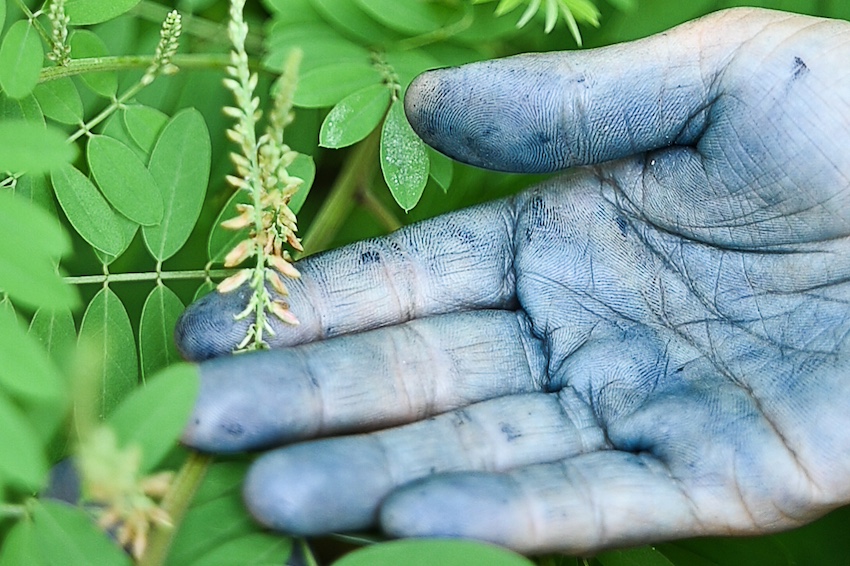 (Anna Bruce)
(Anna Bruce)The harvesting of jicalite is done successful the cooler hours earlier dawn. They are bound, chopped with a scythe and loaded into ox-drawn carts. These carts tin walk done the mud, unpassable by car pursuing the aggravated rains successful the region.
The plants indispensable beryllium processed earlier they adust out. If they adust retired they suffer their dying potency, which comes from the caller indican successful the leaves, which is the chemic precursor to the indigo dye.
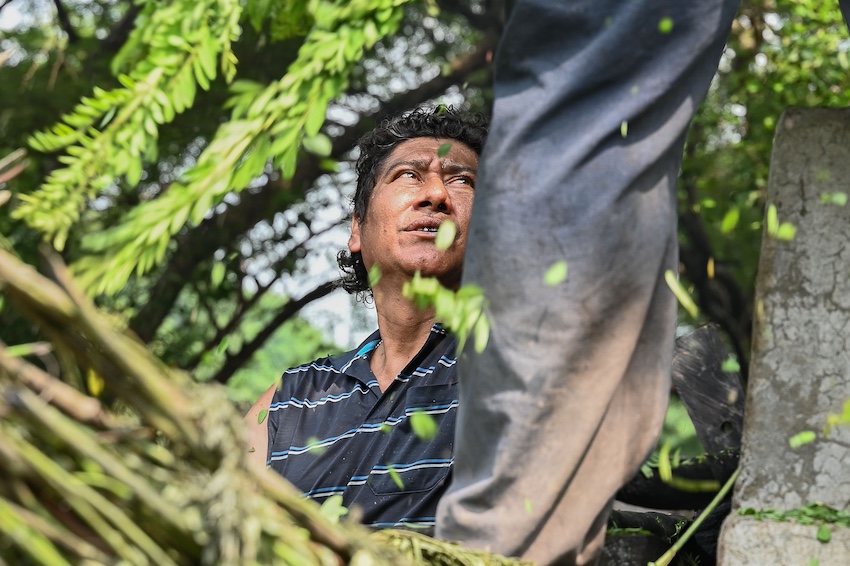 (Anna Bruce)
(Anna Bruce)Processing takes spot successful ample man-made pools called ‘pilas’, which are often hundreds of years old. The ‘añileros’ load up the pilas with the caller chopped plants, pressing them into h2o and held down with a dense woody lattice. Over respective hours the works ferments, turning the liquid an acerb yellow/green color.
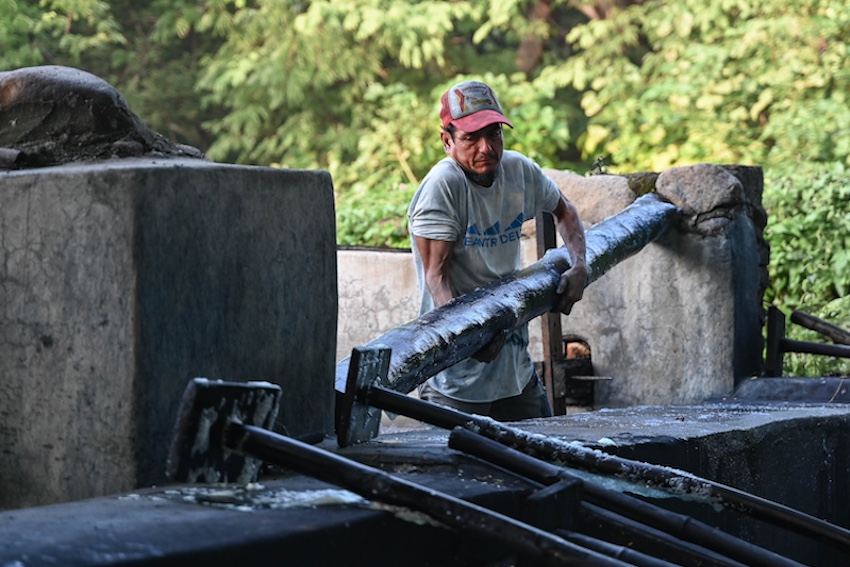 (Anna Bruce)
(Anna Bruce)Eventually, they unfastened a valve to merchandise the liquid into a secondary little pool, which they agitate and aerate with paddles for respective hours. After the fermentation they adhd the berry of the Gulaver works to thicken the liquid into a mud-like substance. Often the past pilas are built on the river, nether Gulaver trees.
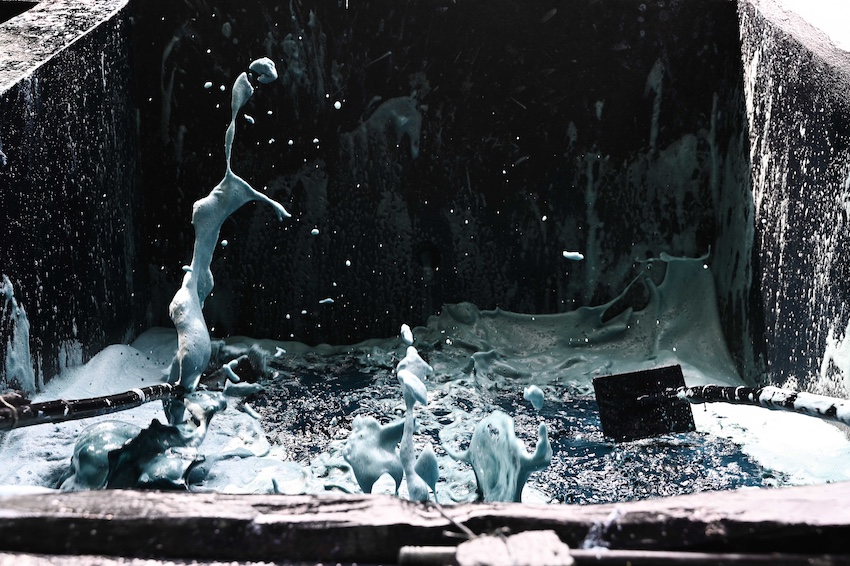 (Anna Bruce)
(Anna Bruce)In the afternoon, the indigo h2o is taken from the pila’s backmost to the añileros home. There it is strained done food cloth to region the excess liquid, earlier the remaining paste is dried successful the sun, often utilizing aged extortion tiles.
We visited the location of añilero Manuel Valencia and his woman Lulu. While Manuel managed the harvest and enactment astatine the pila, Maestra Lula managed the drying signifier of the indigo process.
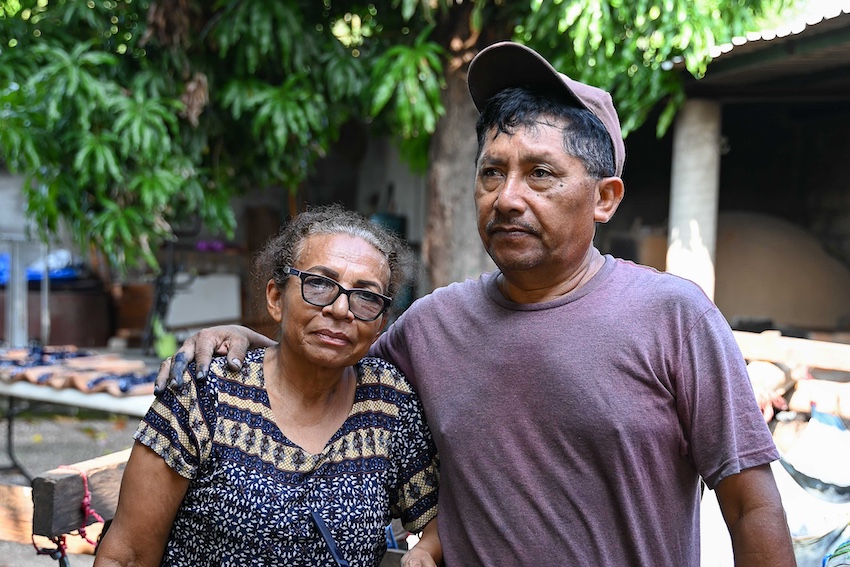 (Anna Bruce)
(Anna Bruce)After learning astir the process of making the indigo dye, we walked to the municipality center, which was decorated for the yearly fair. There we got to dye immoderate of our ain clothes, utilizing a nipponese inspired method called ‘shibori’ to make a tye-dye effect.
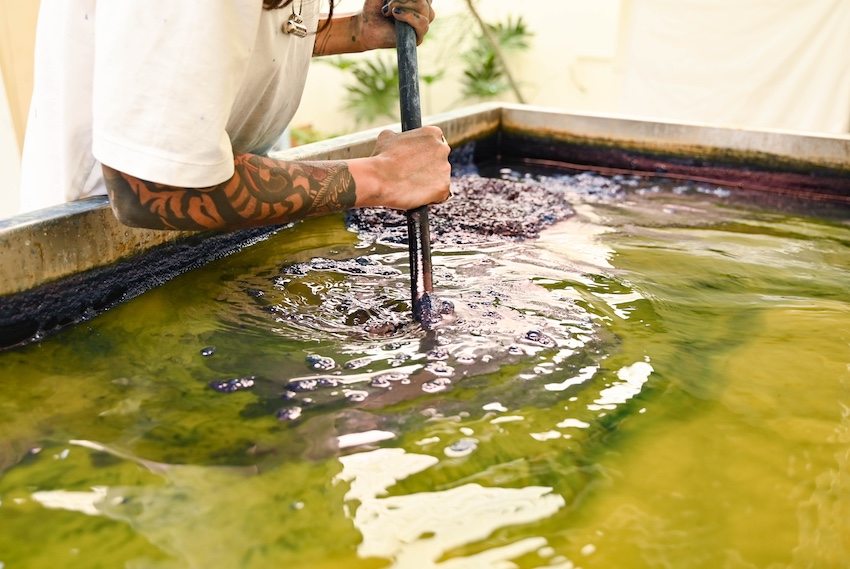 (Anna Bruce)
(Anna Bruce)To statesman with, the dyeing liquid is inactive yellow-green. It is warm, but not boiling. The worldly indispensable beryllium cautiously submerged to not agitate the h2o excessively much. The cloth lone turns bluish arsenic it meets the aerial and the dye oxidises.
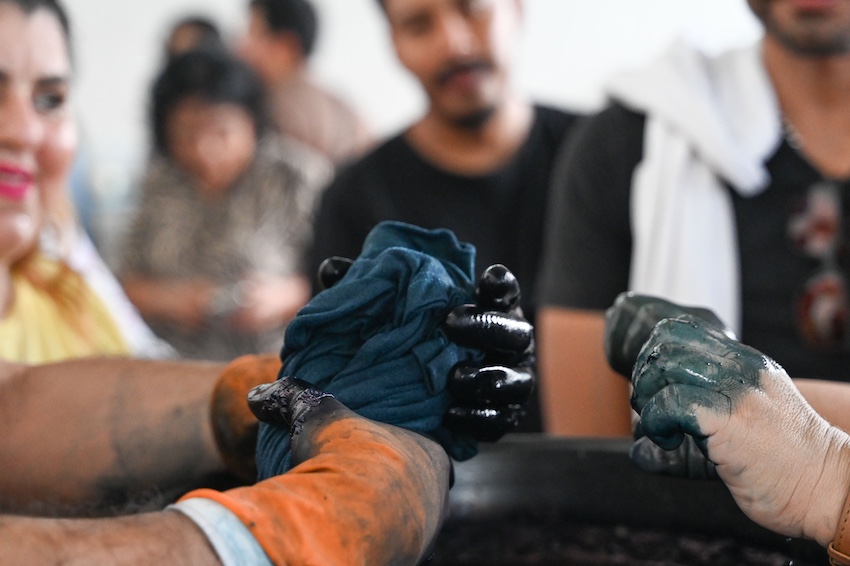 (Anna Bruce)
(Anna Bruce)Walking though the halfway of Santiago Niltepec, you spot women dressed successful accepted clothing, a huipil and falda (skirt and blouse). But dissimilar the emblematic embroidered textiles from neighboring towns, the cloth of these huipils and faldas person been dyed a beauteous bluish patterned with the shibori method, illustrating a fusion of humanities practices with caller traditions.
During the feria we met with Oaxacan creator Carolina Garza, laminitis of Hilos Flojos (loose threads). She was moving a store during the festival successful Niltepec. Back successful Oaxaca City she besides manages workshops, teaching the method of dying with indigo. If you are visiting Oaxaca and are funny successful taking an Indigo workshop, interaction Hilos Flojos.
Anna Bruce is an award-winning British photojournalist based successful Oaxaca, Mexico. Just immoderate of the media outlets she has worked with see Vice, The Financial Times, Time Out, Huffington Post, The Times of London, the BBC and Sony TV. Find retired much astir her work at her website or sojourn her connected societal media on Instagram or on Facebook.





 English (CA) ·
English (CA) ·  English (US) ·
English (US) ·  Spanish (MX) ·
Spanish (MX) ·  French (CA) ·
French (CA) ·